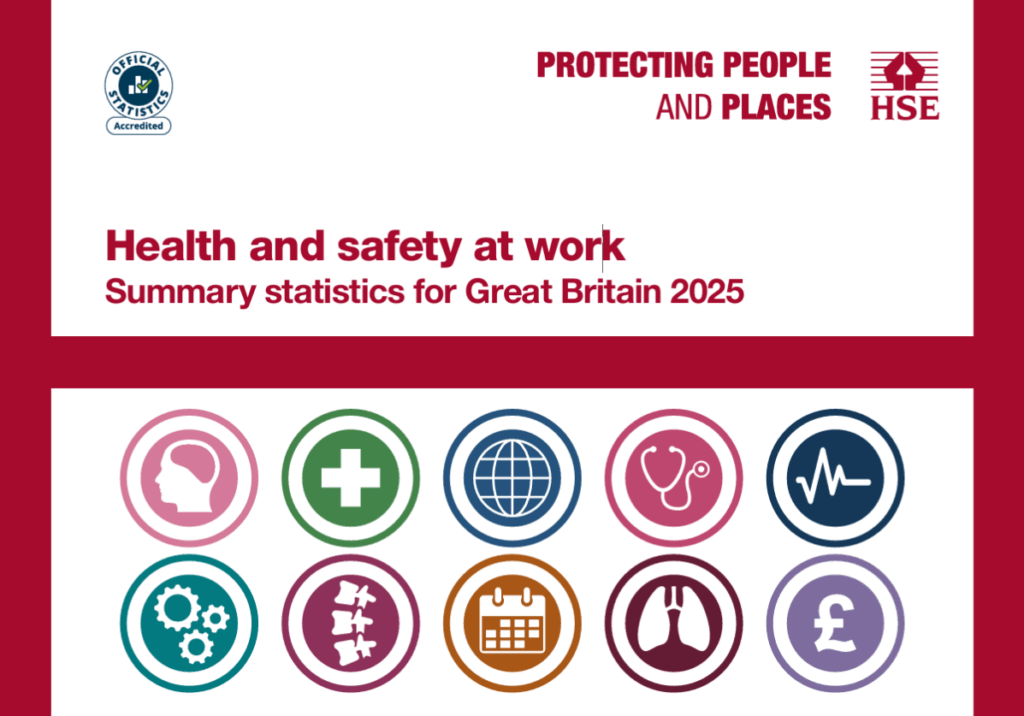As summer approaches and the mercury rises, we must be aware of the impacts of temperature on workplaces.
As HSE clarifies, there is no specific legal maximum working temperature, though there is a legal minimum:
- 16°C for normal work activities
- 13°C for physically demanding work
Employers still have a legal duty to ensure a safe and healthy working environment in excessive heat.
Failure to take that duty of care seriously about temperature can result in compliance issues, particularly if an employee becomes ill due to extreme temperatures.
Read on as we explore the effects of temperature on workers and discuss practical steps employers can take to create safe, comfortable environments.
Legal Obligations for Employers
Under the Health and Safety at Work etc. Act 1974, employers have a legal responsibility to ensure the health, safety, and welfare of their employees.
This includes providing a safe working environment with reasonable temperatures.
If an employee falls ill due to excessive heat in the workplace, the employer could face legal action for failing to meet their duty of care.
Impact of Extreme Temperatures on Employees
Both extreme hot and cold temperatures can affect worker health and productivity.
In high temperatures, employees may experience fatigue, decreased concentration, and increased irritability.
Prolonged exposure to extreme temperatures can pose serious health risks, like heat stress, heat exhaustion, and even heat stroke. Dehydration is also common.
Similarly, cold temperatures can cause discomfort, decreased dexterity, and reduced mental alertness. In extreme cold, workers may be susceptible to cold stress, hypothermia, and frostbite, especially when working outdoors or in refrigerated areas.
While the legal minimum is 16°C for normal work activities and 13°C for physically demanding work, this will often be too cold for comfortable work.
Practical Steps for Employers
To create a comfortable and safe working environment and avoid legal issues, employers can take the following practical steps at a minimum:
- Conduct a risk assessment to identify temperature-related hazards in the workplace.
- Provide adequate ventilation and air conditioning to maintain a comfortable temperature.
- Ensure access to clean drinking water and encourage workers to stay hydrated.
- Allow for regular breaks in cooler or warmer areas, depending on the temperature extremes.
- Provide appropriate personal protective equipment (PPE) for workers in extreme temperatures, such as cooling vests or insulated clothing.
- Train employees on recognising and preventing temperature-related health risks.
The Importance of Health and Safety Training
While the rules regarding a maximum legal workplace temperature are quite vague and have become contested in recent years, the bottom line is that employers still must provide a comfortable working environment.
HCS Safety offers a wide range of courses that cover many aspects of workplace safety, including temperature management and performing risk assessments.
Equipping managers and employees with high-quality health and safety knowledge will help your business address temperature-related issues and maintain a healthy workforce.
For more health and safety-related assistance and advice, don’t hesitate to contact HCS Safety today.




